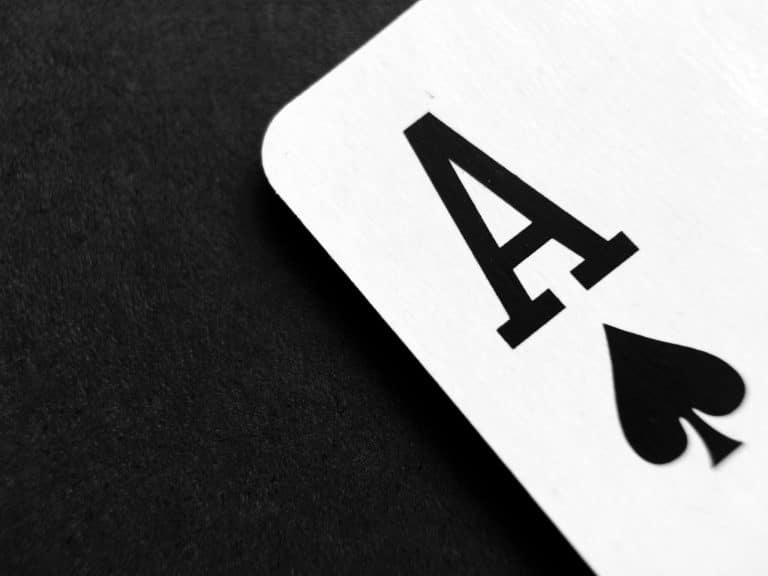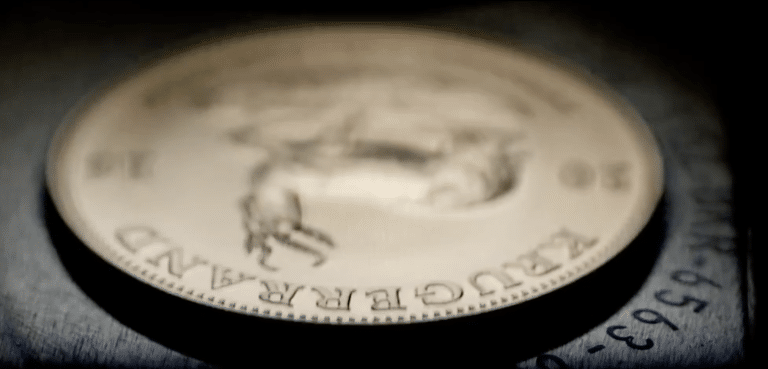The Olympic gold medal has not always looked like it does today, but has been through several redesigns since the beginning of the modern Olympic Games. We take a look back to see how the Olympic medal design has changed over the ages.
Olympian victors did not always receive medals. In fact, in the first Olympic Games, in 776 BC, athletes were crowned with olive wreaths. It was only much later at the first modern Olympic games held in Greece in 1896 that winners were handed silver medals, and runners up received bronze medals. In Paris four years later, winners were prized with valuable works of art instead of medals. It was at the St. Louis games of 1904, held in Missouri, that winners were awarded with real gold medals, and runners up with silver and bronze medals. This costly tradition was short-lived, lasting only three games. Today, gold medals are often made up silver, gilt with 6 grams of real gold.
The Olympic medal has gone through various design iterations over the past hundred years. Giuseppe Cassioli’s design was chosen as the winner of the International Olympic Committee commissioned competition. Trionfo, as it was called, was given the honour of being produced for the 1928 Summer Olympic Games in Amsterdam. The Trionfo design depicted Nike, the Greek goddess of victory holding a palm in her left hand and a winner’s crown in her right. In the background we see the Olympic Stadium. On the reverse side of the medal, an Olympian victor is carried by a crowd.
This design was used for another 40 years in its original form, but continued to inspire the design of the obverse side of the coin up until the 1992 Summer Olympics held in Barcelona, at which point an updated version was developed.
The Olympic Organising Committee (OCOG) set a new trend in the 1970s, allowing the obverse side to be designed by Gerhard Marcks of the Bauhaus School of Germany for the Olympic Games held in Munich in 1972, forging ties to a powerful artistic movement of the era.
Today, the Olympic gold medal is made up of silver plated with gold. The second place winner receives a .925 grade silver medal and the third place bronze medalist gets a copper medal alloyed with tin and zinc. The diameter of the medals is no less than 6cm, with a minimum thickness of 3mm. This, however, has not always been the case. The diameter has varied over the years, with the medals having even taken on a rectangular shape for the Paris Games in 1900.
Looking back at the history of the design of the Olympic medal is a fascinating journey through the cultural and artistic landscape over the past 120 years. The constant re-crafting of the classic medal shows us as the years go by, that designs need to be updated to stay in line with the spirit of the times. The design of the Olympic medal continues to inspire the re-crafting of gold and silver into new forms, keeping these victorious valuables on trend and up-to-date with the latest fashions.
Consider your own charms. Are there possibly pieces in your jewellery collection which are out of date and in need of a redesign? Why don’t you recycle your jewellery and breathe new life into them. If you do decide to re-craft your gold jewellery, we can assist you with a design and manufacture your perfect piece.


